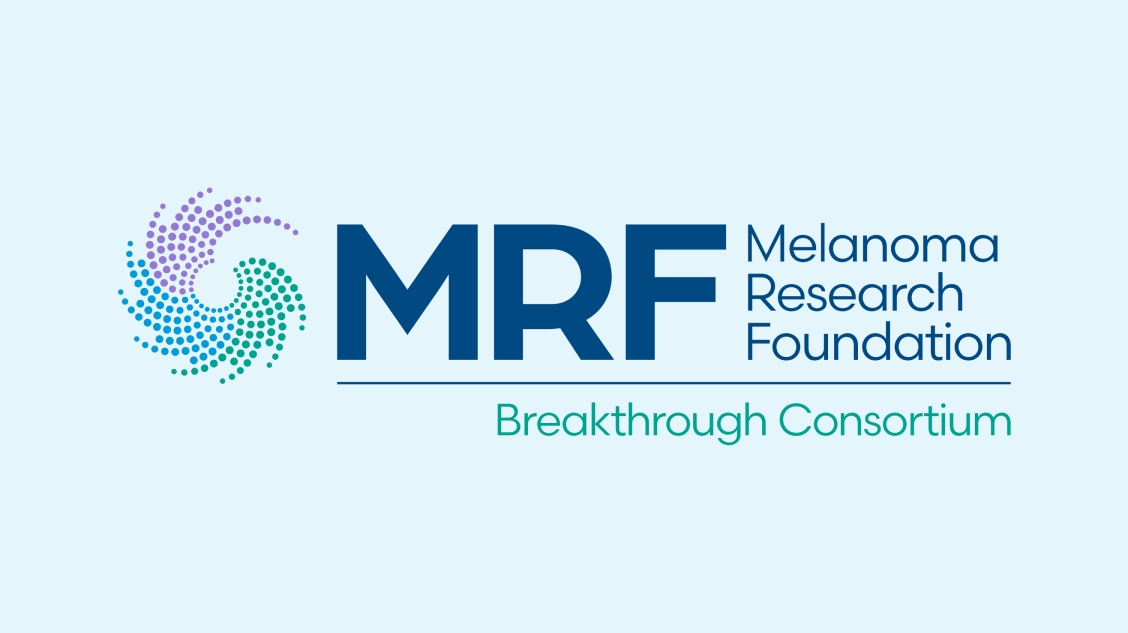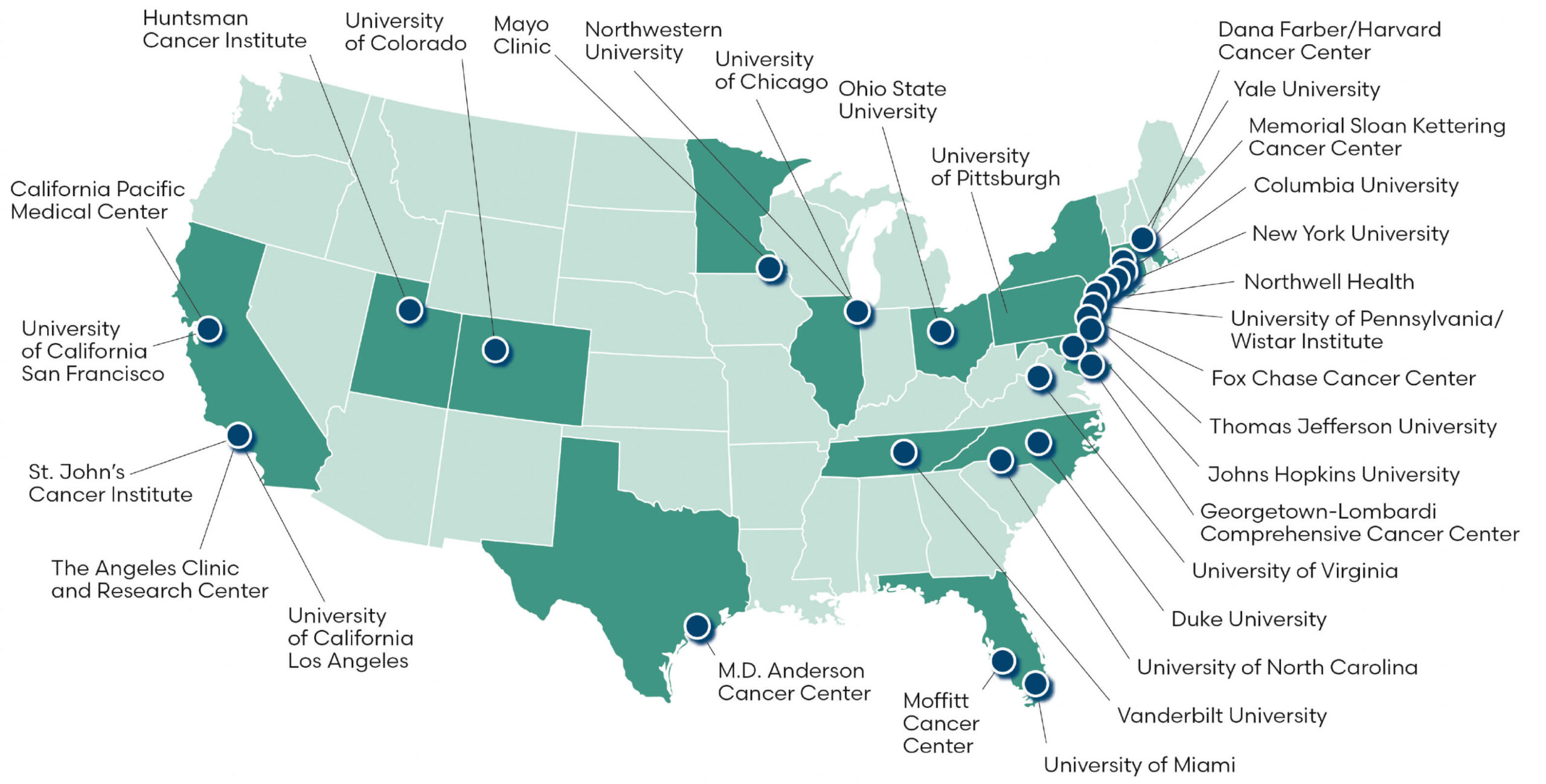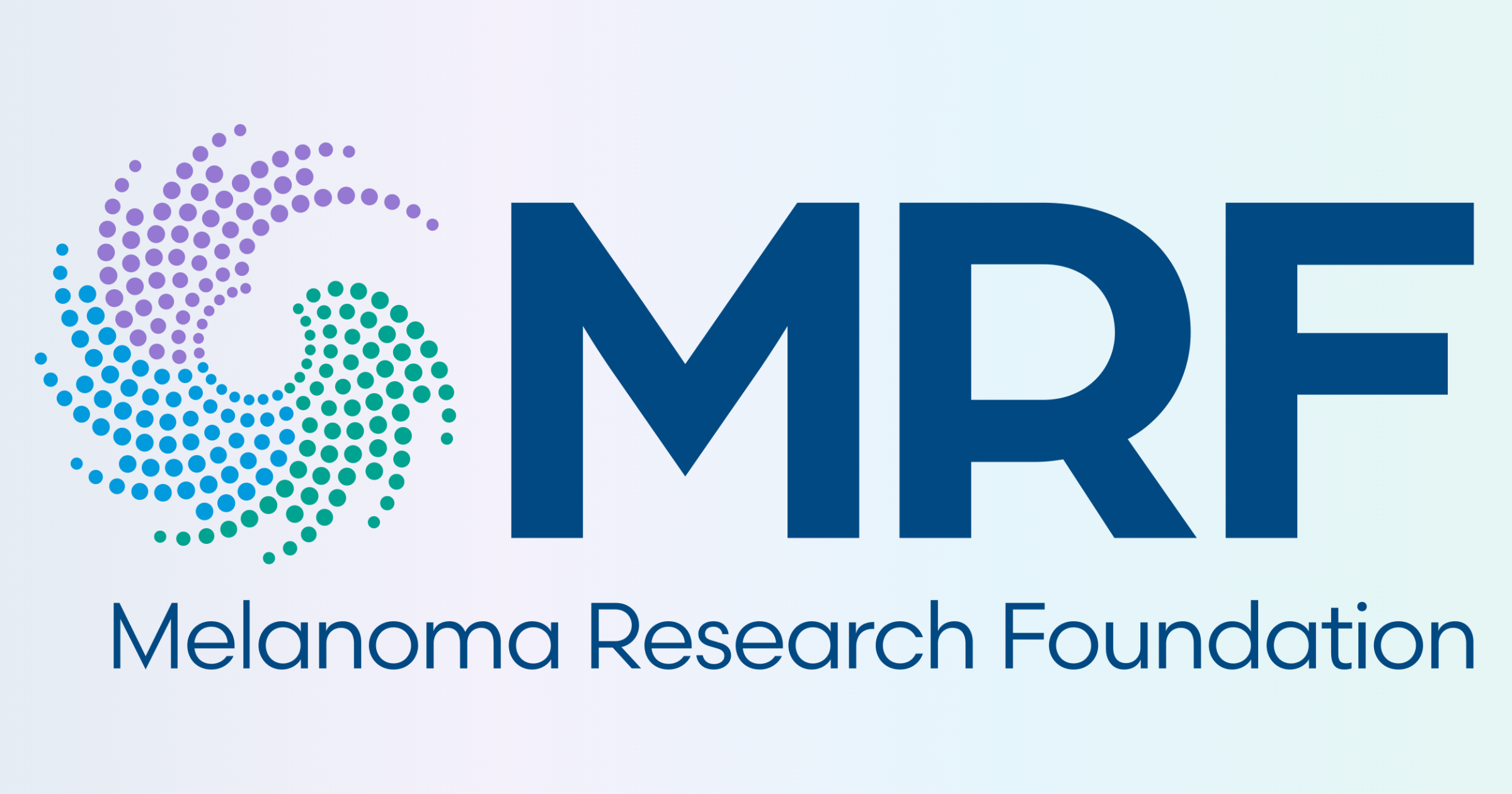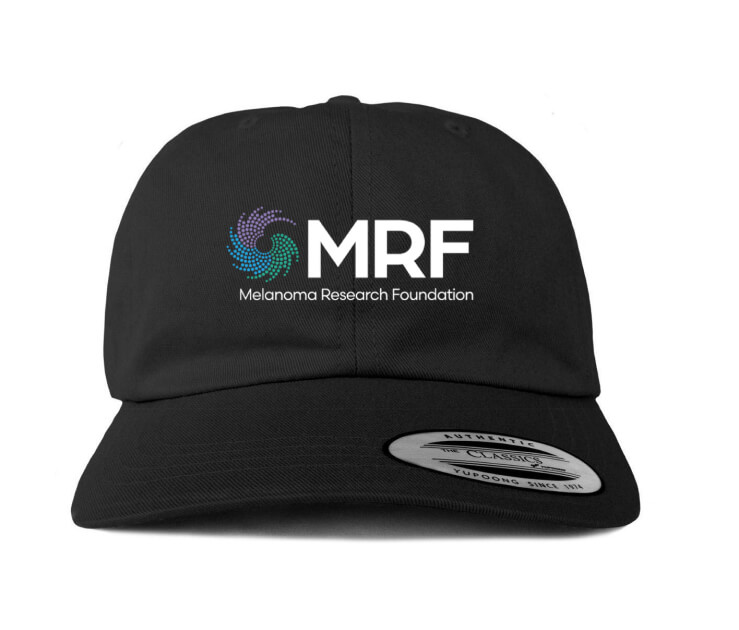January 27, 2025
MRF Breakthrough Consortium
Accelerating Research and Treatment Development
Responding to a need for greater investigation into the urgent need for combination treatments, the MRF convened a meeting of leading doctors and researchers from melanoma centers of excellence across the United States. This meeting led to the creation of the MRF Breakthrough Consortium (MRFBC) in 2010.

The MRFBC is a national network of 30 centers of excellence in melanoma
MRFBC’s centers collaborate to accelerate the research and development of the most promising therapies in melanoma treatment in order to deliver curative options to patients. The Consortium institutions have a demonstrated track record of receiving NIH/peer-reviewed funding for multidisciplinary research in melanoma, publications in major medical journals, presentations at the major cancer and melanoma meetings, clinical trial expertise and patient care. Oversight is provided by the MRFBC Steering Committee.

Includes satellite sites in Arizona and Florida



